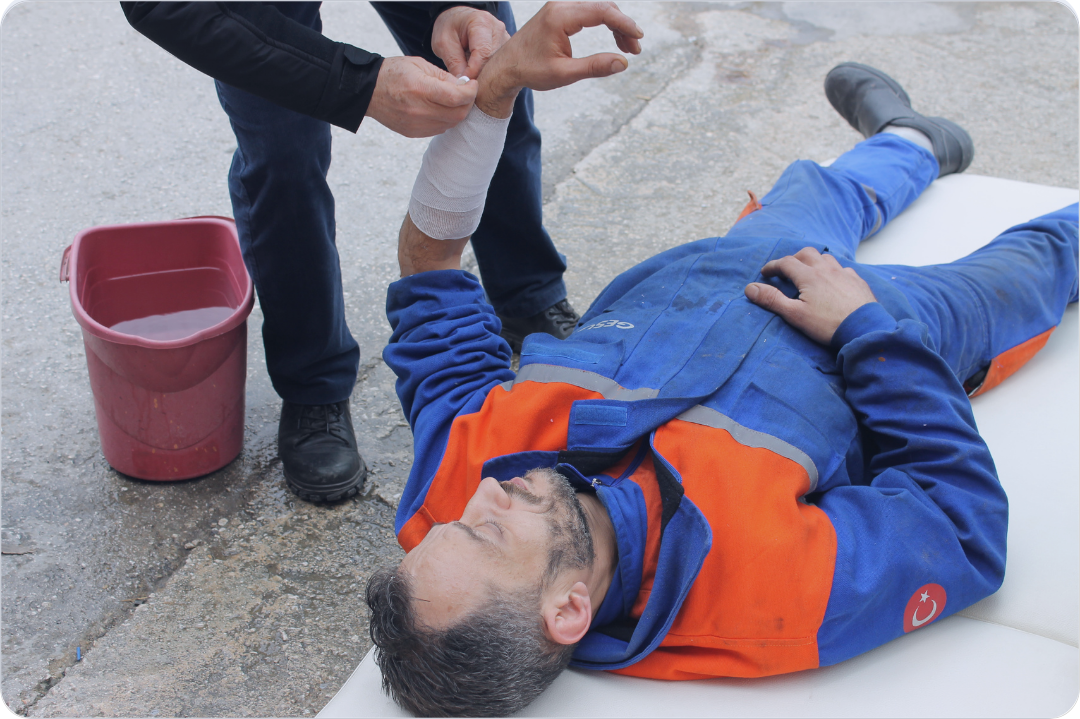
How to Send a Check-In Message to Your Lone Workers
Effective communication is a critical component of any workplace safety strategy, especially when it comes to lone workers. Regular check-ins ensure the safety and well-being of employees working in isolation while fostering a sense of connection and support. Knowing how to send a check-in message to your lone workers effectively can make a significant difference in maintaining a secure work environment.
Why Check-In Messages Are Essential
Lone workers often face unique risks due to their isolation, such as medical emergencies, accidents, or external threats. Check-in messages are a simple yet powerful way to:
-
●
Confirm worker safety.
-
●
Identify and address potential issues promptly.
-
●
Strengthen communication between workers and supervisors.
By establishing regular check-ins, employers demonstrate their commitment to worker safety and meet regulatory requirements outlined in worker safety protocols.
Key Considerations for Lone Worker Check-Ins
When implementing a check-in system, consider the following factors:
-
●
Frequency: How often should check-ins occur based on the risk level of the worker’s tasks?
-
●
Method: What tools or platforms will you use for communication?
-
●
Response protocol: What steps will you take if a worker fails to respond to a check-in?
Best Practices for Sending a Check-In Message
1. Use a Reliable Communication Platform
Choose a platform that supports timely and reliable communication, such as:
-
●
Mobile apps: Apps designed for lone worker safety often include automated check-in reminders and status updates.
-
●
SMS or email: Simple text messages can be effective for low-risk tasks.
-
●
Dedicated devices: Some industries may require specialized devices with panic buttons and GPS tracking.
Ensure the platform you select is user-friendly and accessible for all workers.
2. Personalize the Message
A check-in message should be concise, clear, and tailored to the worker’s specific situation. For example:
-
●
General message: "Hi [Name], please confirm your status for the next hour. Respond 'OK' or call if you need assistance."
-
●
Task-specific message: "Hi [Name], have you completed the [specific task]? Let me know if you encountered any issues."
Personalizing the message shows workers that their safety is taken seriously and reduces the likelihood of miscommunication.
3. Establish Clear Response Expectations
Communicate what workers need to do when they receive a check-in message. For instance:
-
●
Reply with a predefined response, such as "OK" or "Safe."
-
●
Provide a quick status update if there are concerns or delays.
-
●
Contact their supervisor immediately in case of an emergency.
This clarity ensures that check-ins are quick and effective.
4. Automate When Possible
Automation can streamline the check-in process, reducing the burden on both workers and supervisors. Consider using tools that:
-
●
Send automated check-in reminders at scheduled intervals.
-
●
Escalate alerts automatically if a worker fails to respond.
-
●
Integrate with other safety systems, such as GPS tracking and emergency response protocols.
5. Prepare for Non-Responses
If a worker fails to respond to a check-in message, your protocol should include immediate follow-up actions:
-
●
Attempt to contact the worker via alternate methods (e.g., phone calls or radio).
-
●
Use GPS tracking to determine their location, if available.
-
●
Dispatch assistance or escalate to emergency services if necessary.
Having a clear escalation plan minimizes delays in addressing potential emergencies.
Benefits of Regular Check-In Messages
Implementing a robust check-in system offers numerous advantages:
-
●
Improved safety: Regular communication ensures that lone workers are accounted for and supported.
-
●
Enhanced compliance: Check-ins help fulfill regulatory requirements for lone worker safety.
-
●
Increased worker confidence: Workers feel more secure knowing their safety is monitored actively.
Conclusion
Sending a check-in message to your lone workers is a simple yet essential practice for maintaining their safety and well-being. By selecting the right communication tools, personalizing messages, and establishing clear protocols, you can build a reliable system that supports both workers and supervisors.
Regular check-ins are more than just a safety measure—they’re a demonstration of your organization’s commitment to creating a secure and supportive work environment. Implement these best practices to ensure your lone workers are always connected and protected.
Read More From the Lone Worker Blog
How To Implement A Man Down Alert Into Your Existing Worker Safety Protocols

Worker safety is a top priority for any organization, and integrating advanced tools into your protocols can significantly enhance your safety measures.
Read MoreHow to Choose a Lone Worker Safety Solution for Remote Lone Workers

Remote lone workers operate in unique environments where immediate assistance isn’t readily available.
Read More



